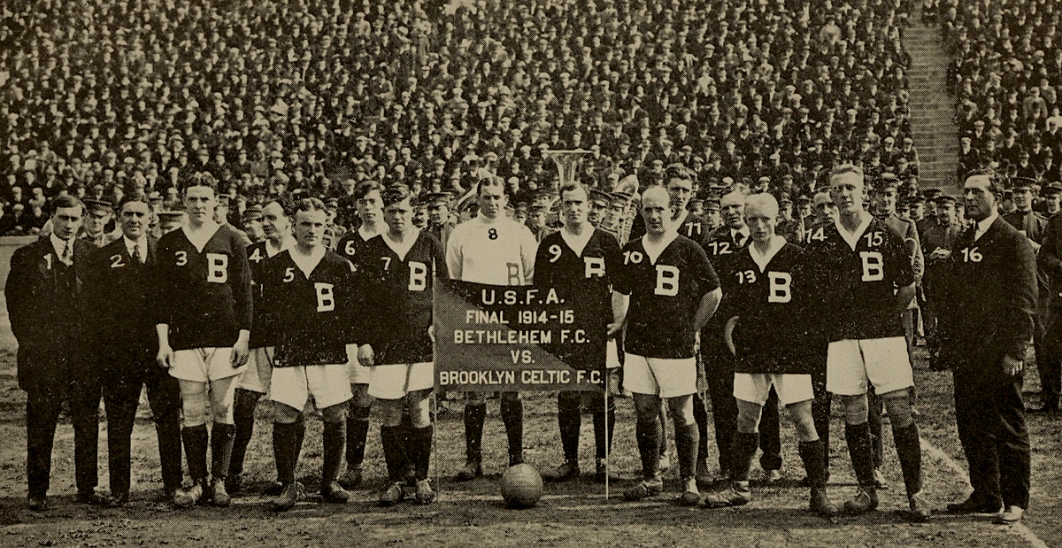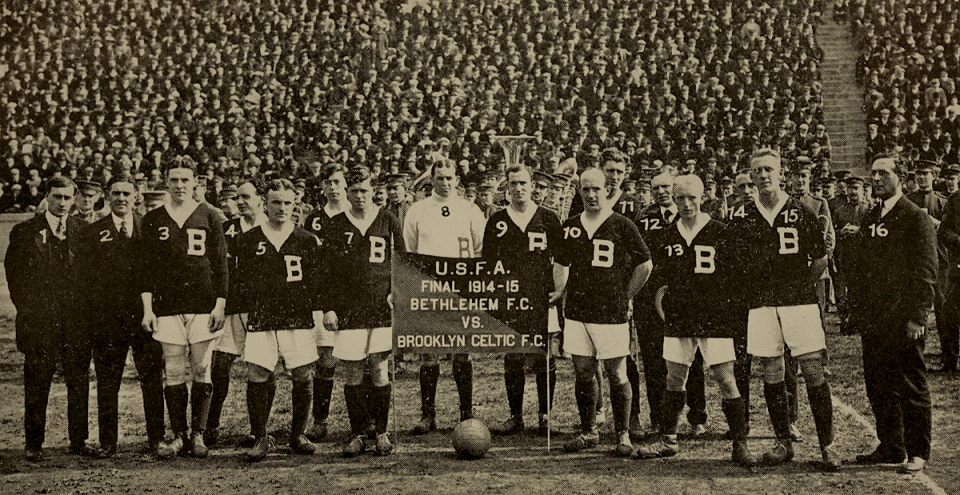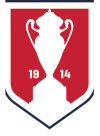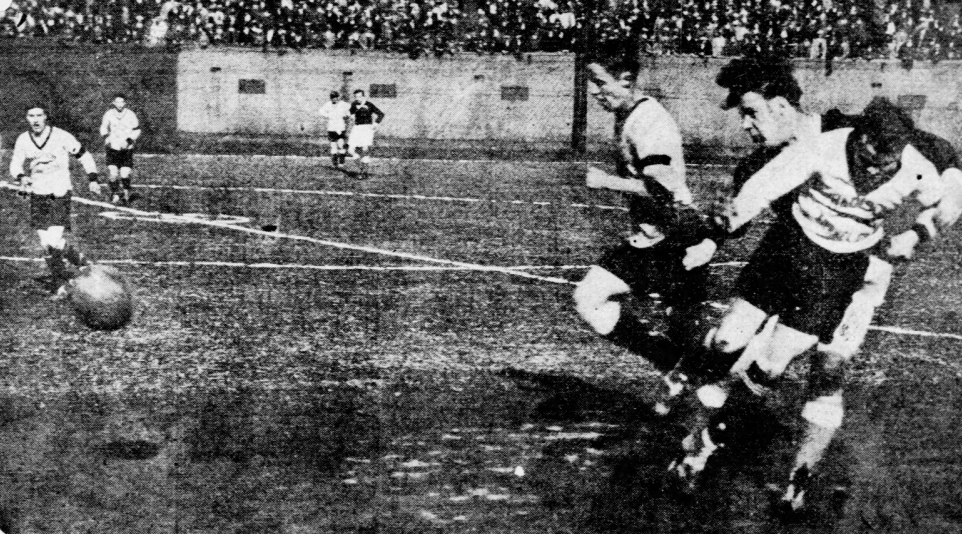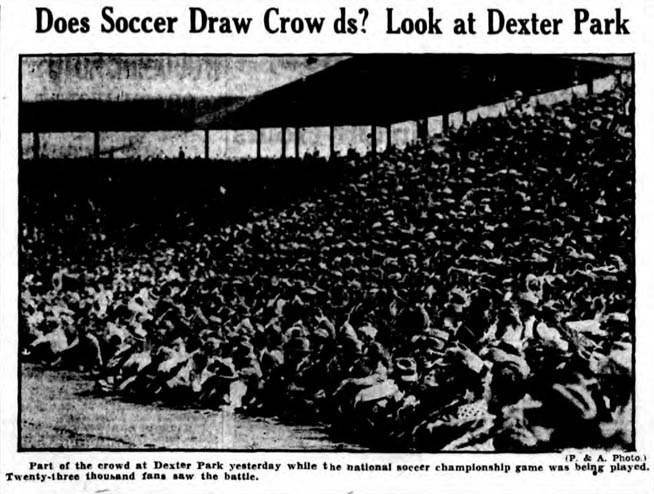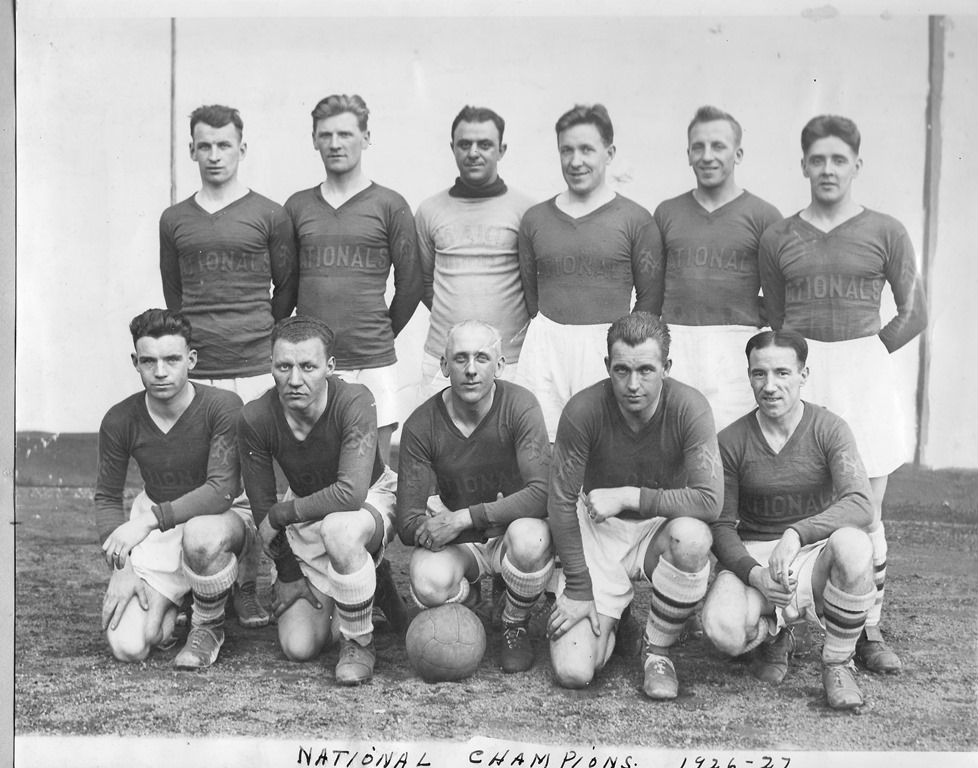The Benz' Date with Open Cup History
Atlanta’s Mercedes-Benz Stadium has a chance to break the all-time Open Cup Final attendance record on Tuesday, August 27, 2019 (7:45 p.m. ET; ESPN+). usopencup.com looks back through history at the biggest crowds of America’s oldest soccer tournament.